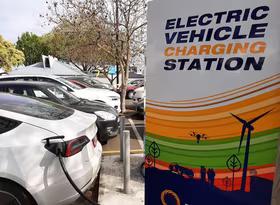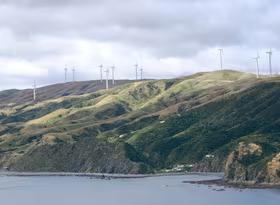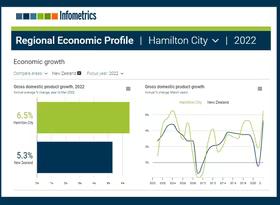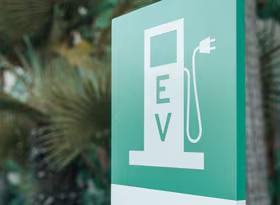Articles
Many of us have come to accept that doing the right thing for the environment comes with a higher cost. However, our recent analysis for the New Zealand Green Building Council (NZGBC) found that households can be substantially better off with the benefits of a greener home. Read
Swimming at our picturesque beaches, rivers and lakes is a Kiwi summer staple as many of us have time off in the summer months. Sometimes our favourite swimming spots can become contaminated with unsafe levels of organisms such as E. Read
Infometrics has recently added a number of environmental indicators to the Regional Economic Profile and Quarterly Economic Monitor, including estimates of carbon emissions. This article explores how we have constructed our estimates, and what insights can be gained from our analysis. Read
Electric vehicle (EV) uptake in New Zealand has been accelerating over the last few years. Uptake was helped along with financial incentives including the Clean Car Discount scheme and the exemption of EVs from paying road user charges (RUC). With the discount scheme gone and EV owners about to start paying RUC, the trajectory is likely to change. Read
Drinking water quality remains a critical metric from which we can measure wellbeing in New Zealand. Access to safe drinking water is taken as given across almost all of New Zealand – for good reason. But as our Chart of the Month shows, although drinking water across most of New Zealand meets required standards, a lack of funding and measurement against some standards increases drinking water risks more than most would expect. Read
New Zealand’s greenhouse gas reduction targets are a critical part of moving towards a more resilient and sustainable model of production. Read
In this article we look at how a price on agricultural emissions that is lower than that paid elsewhere in the economy imposes a cost on New Zealand citizens that could reach an average of $1,000 per person by 2030. Read
Infometrics is proud to announce that the Regional Economic Profile (REP) has been refreshed with a new look, improved functionality, new wellbeing data, and many new charts and tables. The REP provides in-depth economic insights into every region and territorial authority in New Zealand. Read
Over the past six years Masterton’s wellbeing has improved its relative position in six out of nine wellbeing domains. In our chart of the month, we showcase the district’s movement up the wellbeing rankings using the Infometrics regional wellbeing framework available in the newly refreshed Regional Economic Profile. Read
Between April and December last year, Clean Car Discount fees totalled $105m and rebates totalled $203m, which means the scheme distributed nearly double the revenue it brought in. The Discount scheme was designed to be self-funding, so the gap between fees and rebates needs to be addressed. To close the funding gap, the most straightforward approach would be to either lower the level of rebates, increase the level of fees, or a combination of the two. Read









